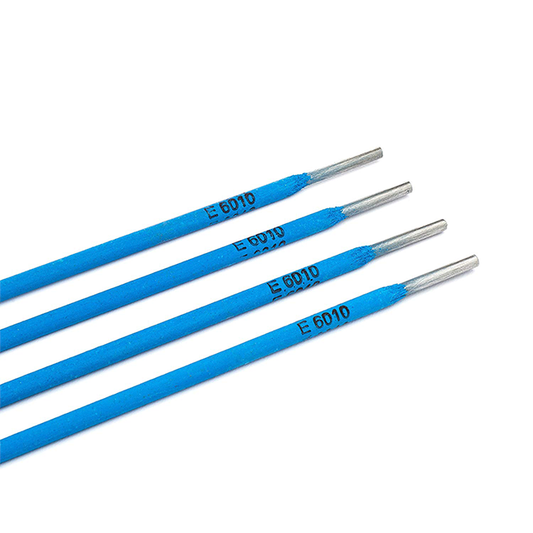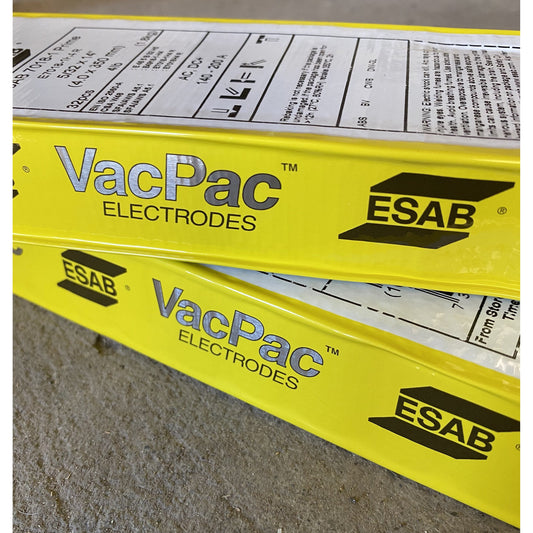Choosing the right welding rod is essential for creating strong, clean, and reliable welds. With so many options available, it can be overwhelming to figure out which rod best suits your project. Whether you're a beginner or a seasoned welder, understanding the basics of welding rods will help you make informed choices and improve the quality of your welds.
What Is a Welding Rod?
A welding rod, also known as an electrode, is a metal wire coated in flux that conducts current to form an arc between the welding machine and the metal surface. The heat generated by the arc melts both the rod and the base metal, allowing them to fuse together. The flux coating helps protect the weld from atmospheric contamination, ensuring a strong bond.

Types of Welding Rods and Their Uses
Different welding rods are designed for various applications and metal types. Here are some of the most common rods and their best uses:
- Best For: Deep penetration on rusted, dirty, or painted surfaces.
- Advantages: Fast-freezing arc, excellent for pipeline welding, outdoor projects, and structural welding.
- Current: DC only.
- Best For: Similar to E6010 but usable with both AC and DC power.
- Advantages: Versatile, deep penetration, great for outdoor and maintenance work.
- Current: AC or DC.
- Best For: Clean, smooth welds on light to medium gauge metal.
- Advantages: Easy to use, ideal for beginners, produces minimal spatter.
- Current: AC or DC.
- Best For: Heavy-duty structural welding where high strength is required.
- Advantages: Low hydrogen content, smooth weld bead, great for industrial applications.
- Current: AC or DC.
How to Choose the Right Welding Rod
When selecting a welding rod, consider the following factors:
- Base Metal Type: Match the rod material to the metal you are welding.
- Welding Position: Some rods work better for overhead or vertical welding, while others are designed for flat positions.
- Strength Requirements: For heavy-duty projects, opt for rods like E7018 that provide higher tensile strength.
- Power Source: Some rods require AC, while others need DC or can work with both.
- Environment: If you're welding outdoors, rods like E6011 offer better performance in windy conditions.
Common Welding Rod Mistakes to Avoid
- Using the Wrong Rod: Different metals and applications require different rods--always double-check your selection.
- Incorrect Storage: Keep rods in a dry place to prevent moisture absorption, which can weaken welds.
- Improper Settings: Make sure your amperage settings match the rod's requirements.
Welding Rod Storage Tips
Storing your welding rods correctly is crucial for maintaining their quality. Here are a few tips:
- Store rods in a dry, moisture-free environment.
- Use a rod oven for low-hydrogen rods like E7018.
- Keep different types of rods separated to avoid confusion.
Get the Right Welding Rod for Your Project
Choosing the right welding rod can make all the difference in the strength and appearance of your weld. Whether you're working on a quick repair or a heavy-duty industrial job, having the right rod ensures a cleaner, stronger bond.
Need help finding the perfect welding rod? Reach out to Baker's Gas and Welding by calling 877-930-5690 or emailing support@bakersgas.com for expert guidance and all your welding supply needs.





